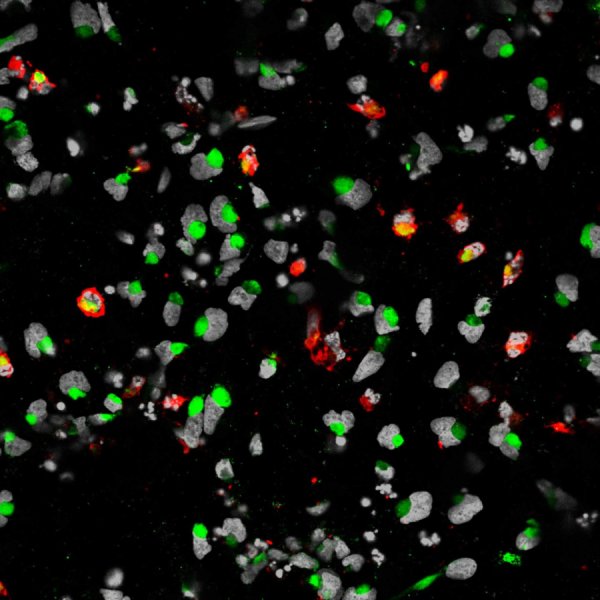|
|||||||||||||||
|

CLICK ON weeks 0 - 40 and follow along every 2 weeks of fetal development
|
|||||||||||||||||||||||||||
|
Florida State University research has found that the Zika virus creates birth defects by specifically targeting and stunting the growth of developing brain cells. This is the first major finding by scientists to verify that developing brain cells are the critical target of the virus. Hengli Tang, professor of biological science at Florida State University (FSU), is a lead author of the study published March 4 in the journal Cell Stem Cell. "We aim to fill the knowledge gap between infection and neurological defects," Tang adds. "This research is the very first step. Now we can be studying the virus in the right cell type, screening drugs on the right cell type and studying the biology of the right cell type." Though the Zika virus was discovered in 1947, there was very little known about how it worked or its health implications, especially among pregnant women. Anecdotal evidence has now suggested its' link to microcephaly, a condition in which a child is born with an abnormally small head with incomplete brain development.
"Potentially, this could explain why there is a link to microcephaly, but there is a lot more work needed to show direct cause," adds Guo-Li Ming, professor of neurology at Johns Hopkins University. The research is taking a remarkably swift path. To protect public health, research worldwide is working around the clock to find how the virus works and its potential targets.
About a month ago, a research team led by Johns Hopkins University Neurology Professors Hongjun Song and Guo-li Ming, brought neural stem cells to FSU in the United States, where Tang and his graduate students infected them with Zika in order to monitor gene expression, or how genes are turned on and off, by the virus. A few weeks later, the cells were taken to Emory University for more analysis of change. Tang has in the past received funding from the National Institutes of Health to study Dengue virus, similar to Zika, and runs a lab equipped to handle and study virus. Song and Ming are fellow graduate students with Tang, and experts on neural cells believed to be targets of Zika. The three labs collaborate as well as separately tackle, various aspects of Zika. Tang is investigating how Zika enters the cell and disrupts normal cell processes. Ming creates 3D brain models to examine any link between neural progenitor cells and microcephaly. And Song investigates why the virus is targeting neural progenitor cells as opposed to other cell types.
"It's significant because we're literally the first people in the world to know this, to know that this virus can infect these very important cells and interfere with their function," Tang explains. "Research is rewarding in general, but when you have something this timely and this clinically relevant, it's extra satisfying. We are helping people in the long run." From the research: Other authors on the paper are Florida State University researcher Ruth Didier and graduate students Christy Hammack, Sarah Ogden and Emily Lee; Zhexing Wen, Xuyu Qian and Kimberly Christian from Johns Hopkins University; and Yujing Li, Bing Ya, Feiran Zhang and Peng Jin from Emory University. The research was funded by Florida State University, the Maryland Stem Cell Research Fund and the National Institutes of Health. |
Mar 14, 2016 Fetal Timeline Maternal Timeline News News Archive ZIKV (The Zika virus) infects a type of neural stem cell that gives rise to the brain's cerebral cortex.
|
|||||||||||||||||||||||||||


